Tracing the shadow of the past at the Shoemakers Tower in Sighisoara, Romania
Tracing the shadow of the past at the Shoemakers Tower in Sighisoara, Romania
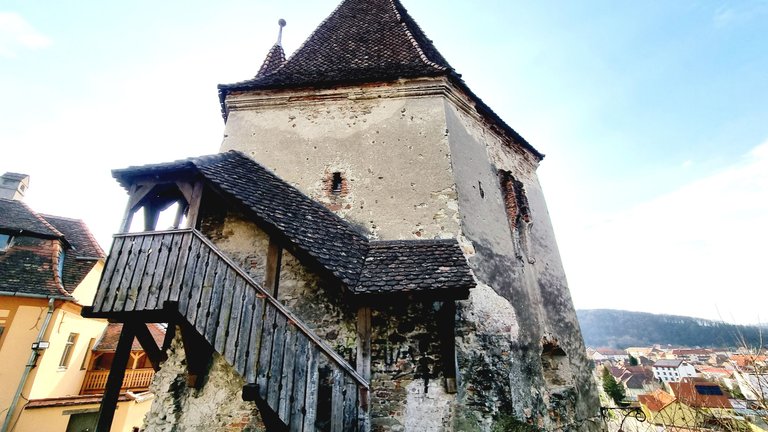
Now in Romania it is Sunday, that is the last hours of this day of the end of the week and we are getting ready for a new beginning but until then I thought I would share with you another very important tourist attraction.
Yes, today we are going to visit the Shoemakers Tower in Sighisoara, Romania.
But before we got here we decided to take a ride on a tourist train through the fortress, there is also this way to see part of the fortress, the price of a ticket cost 15lei/3euro/person, my opinion is that this experience is worth it.


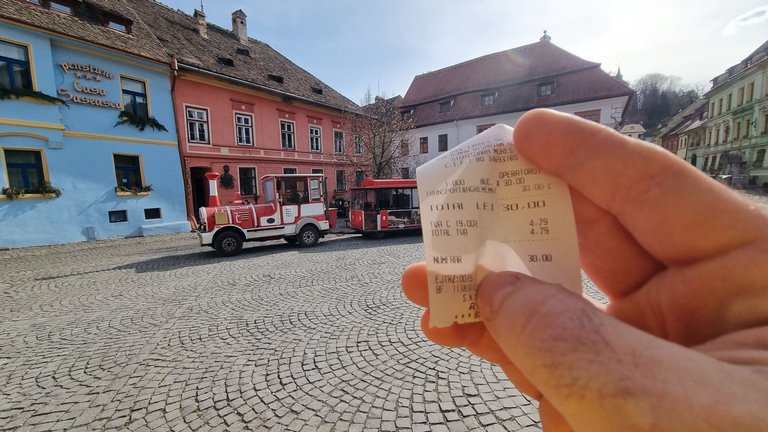
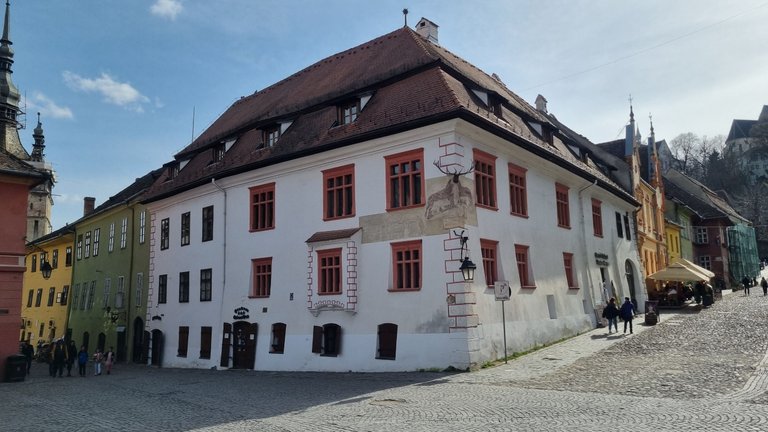
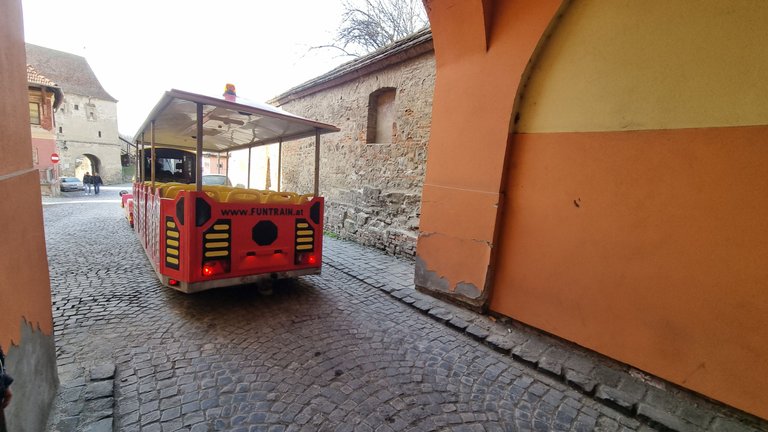
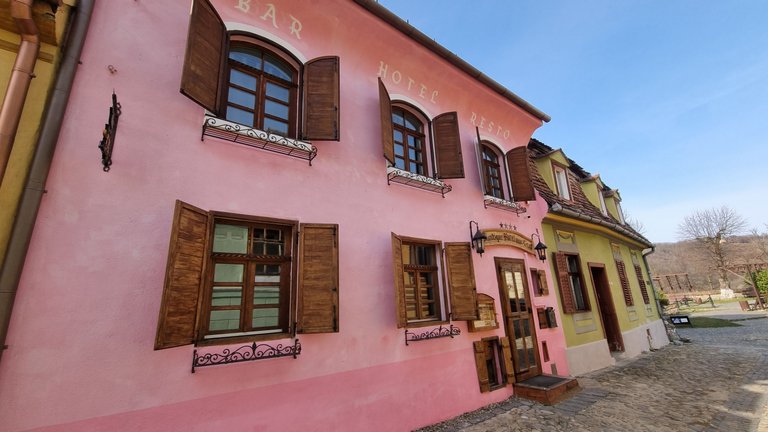 | 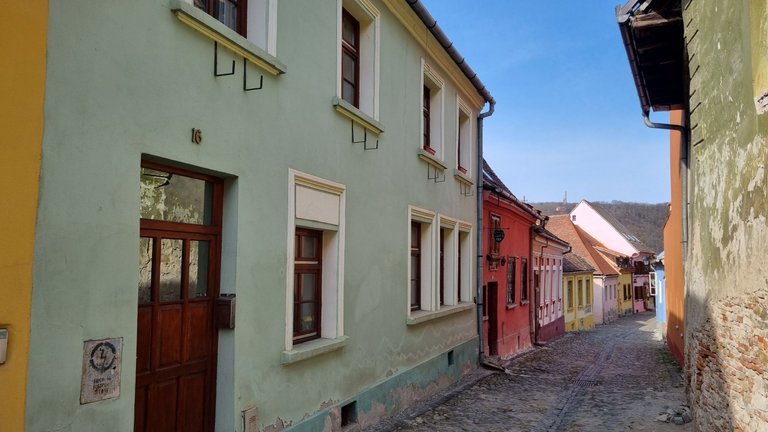 | 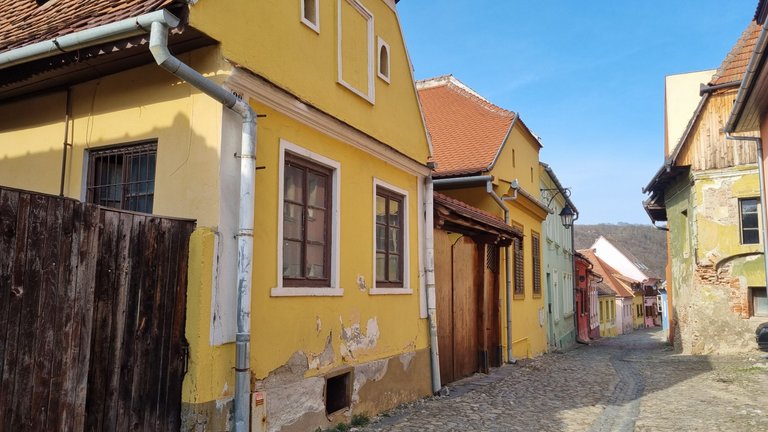 |
|---|
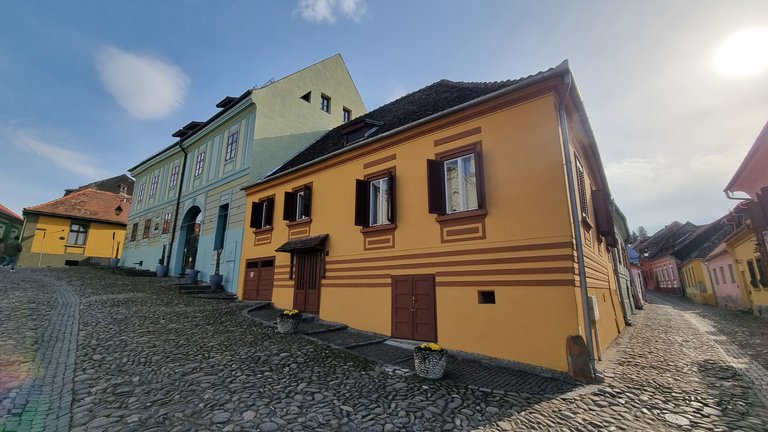
This place is special, from the paved streets to the beautifully colored buildings.
 | 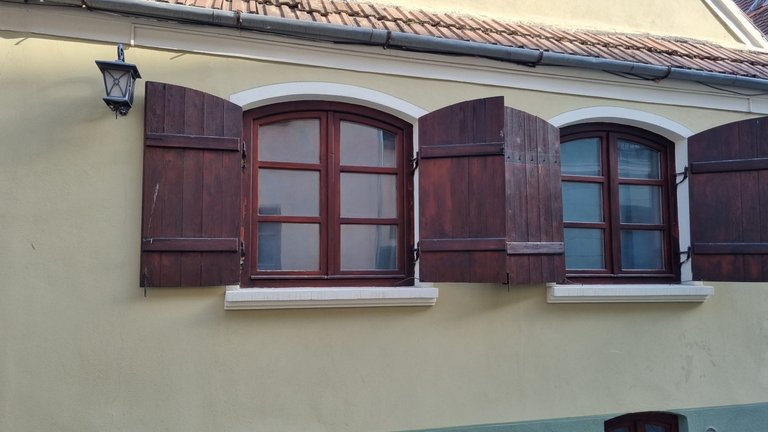 | 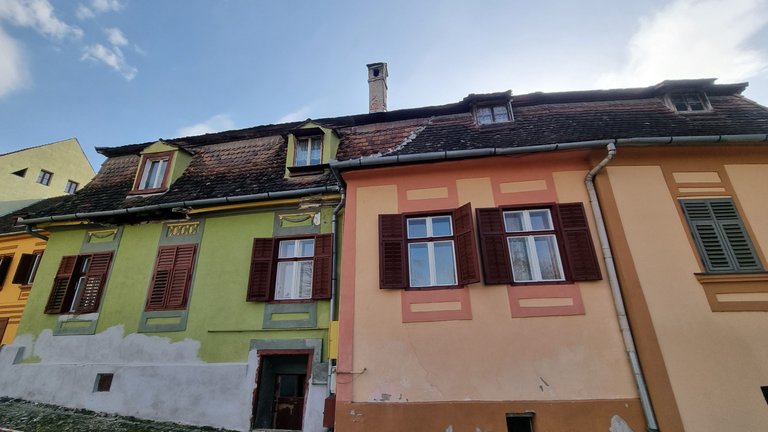 |
|---|
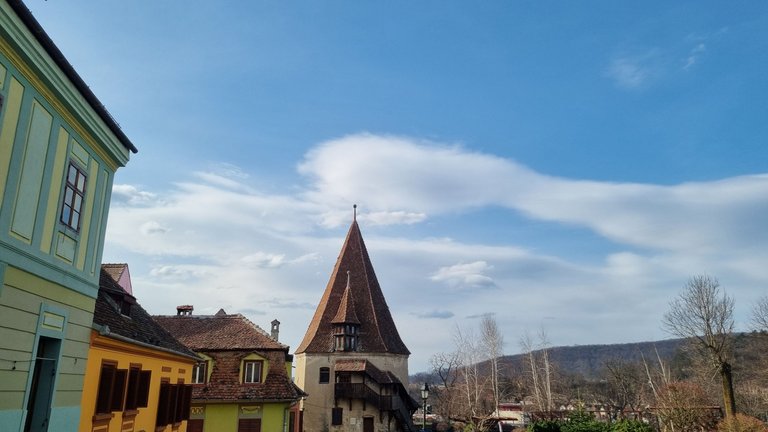
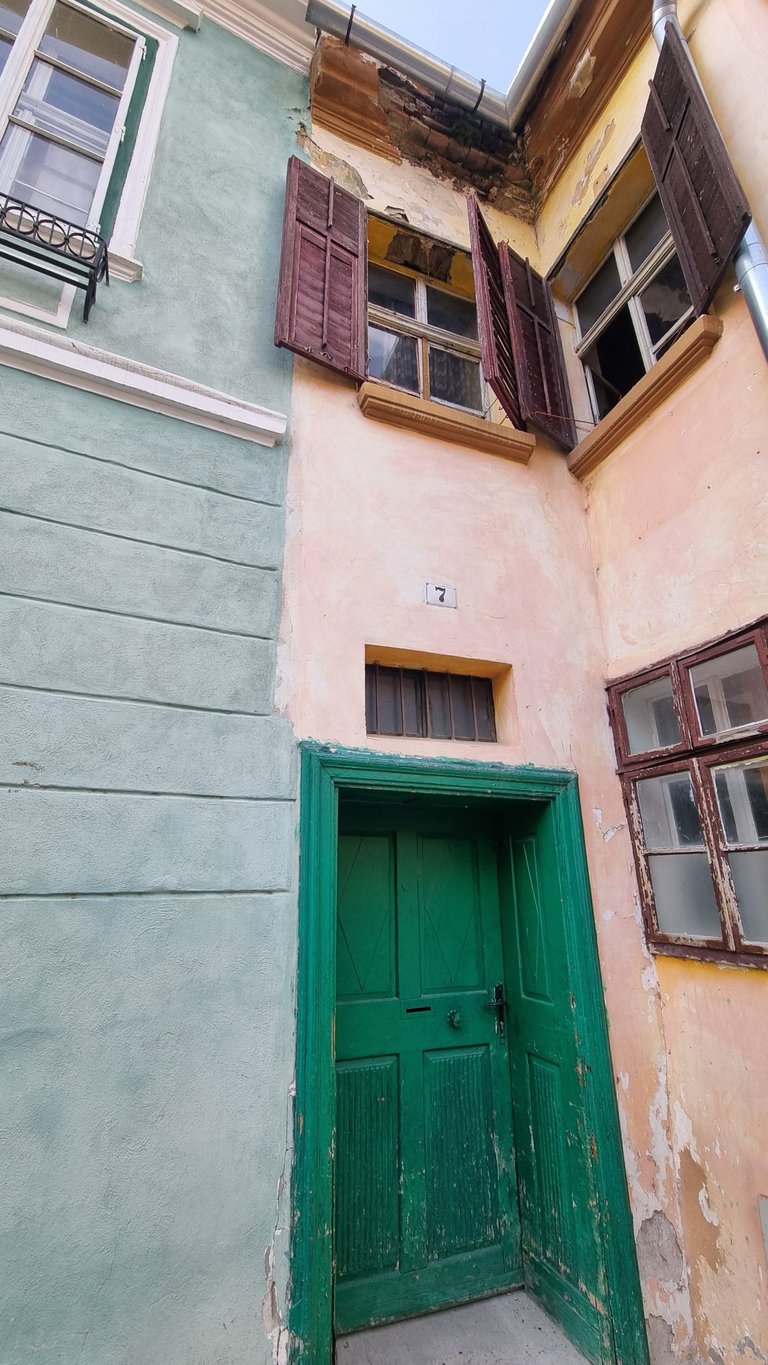
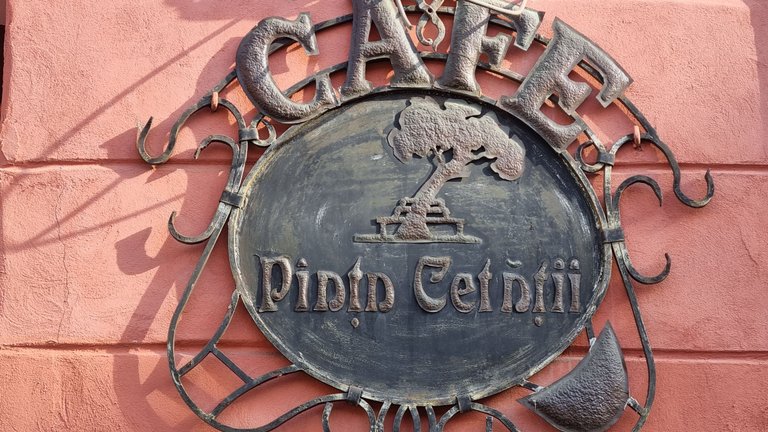
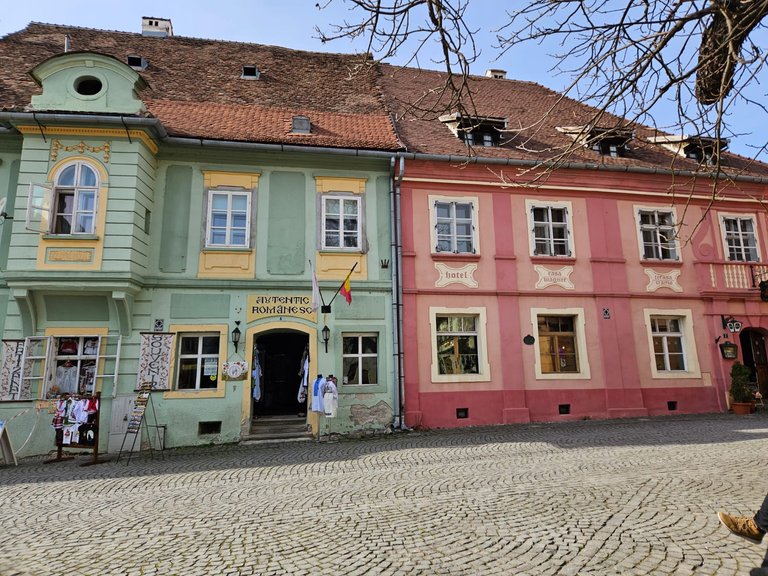
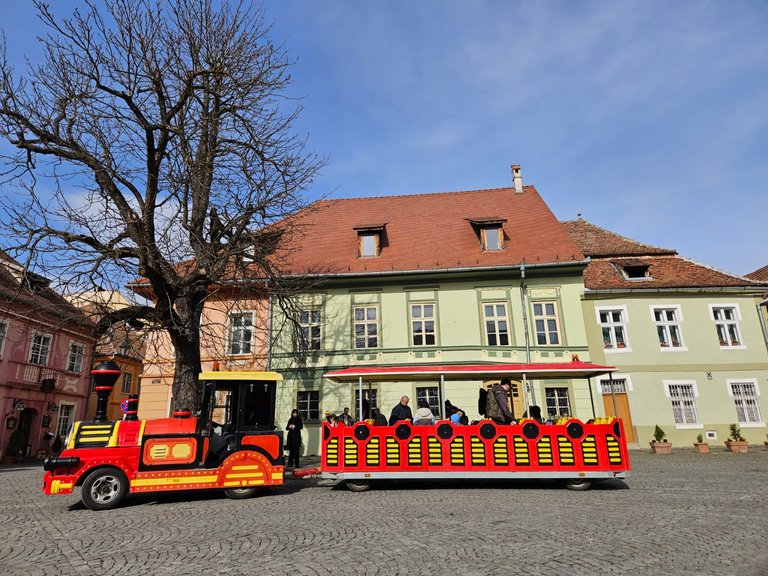
If you have read my previous posts where I presented other amazing places in Sighisoara you could read about the Guilds in the fortress, here is that the Tower of the Shoemakers was one of the guilds in the fortress of Sighisoara, but to better understand the history of the place I thought to attach below more information.
In the custody of the guild of cobblers, the tower of the same name is a flanking tower, located in the north-west corner of the medieval enclosure, where the road linking central and eastern Transylvania along the Târnava Mari was controlled.
Hexagonal in shape, the Tower of the Shoemakers preserves in its present form an image completed towards the end of the 17th century, but the latest archaeological research has proved that its origins date back to the 14th century, when a quadrangular tower, smaller than the present one, was built on this site. At that time, the Tower of the Shoemakers was part of a fortification belt with a layout that was in places different from the present one.
The existence of the square-shaped Tower of the Cobblers lasted until 1594, when it was destroyed and rebuilt in its present form, more appropriate to the new siege techniques, in which the bombers had the primary role. The new tower tripled the interior space, made the most efficient use of the earlier ruins and was built on foundations constructed in steps and unloading arches, especially in areas where it overlapped the old walls.
Source
After the great fire of 1676 and the earthquake of 1681, the Tower of the Shoemakers received its last modifications. Now the basement is abandoned and the old entrance is closed off and the present one opened, the central pillar with its vaults is raised and two observation turrets are built to the east and west; rectangular shooting and throwing ports are provided and the window openings are shaped like a "basket handle". At the same time access to the upper level was provided by an external staircase supported by the east wall of the tower.
As a flanking tower, the Shoemakers' Tower links the west and north walls of the enclosure, although in their present form they are not contemporary. In the first phase, the west wall was joined to the north by a wall that started from the northeast corner of the quadrangular tower and connected to the east with the Locksmiths' Tower but on a route further south of the present enclosure.
At the end of the 15th century the medieval enclosure was extended northwards by building a new enclosure wall and abandoning the old one. In 1603 the Walloon general George Basta occupied Sighisoara and reinforced the northern part of the fortress, where an earth moat and a wooden palisade were built near the Cizmarilors' Tower. The intervention did not prove sufficient, so in 1605 the soldiers of Prince Stefan Bocskai bombarded Sighisoara from the Kreutzberg and almost completely demolished the wall from the Cizmarilors' Tower to the Locksmiths' Tower.
The inefficiency of the rudimentary fortification of 1603 led the local authorities to reinforce this area in 1657 with a stone bastion, which the Town Council would have wanted in front of the Tower of the Shoemakers, where it was more necessary, but for economic reasons the mayor decided to build it between this tower and that of the Locksmiths, using the ruin of the first enclosure wall built in the area.
The bastion wall that still appears on a 1750 town plan was probably demolished along with the former Monastery of the Clariselor and the Tower of the Locksmiths in 1894, in order to build a Catholic church on the site.
After the military function of the Shoemaker's Tower disappeared, it was used from the modern era onwards as the city archive. It now houses a newspaper office in the upper part and a radio station in the attic.
Source
After being able to read so much information about this Shoemaker's Tower, let's see it from the outside, unfortunately we couldn't visit the inside, it was closed.
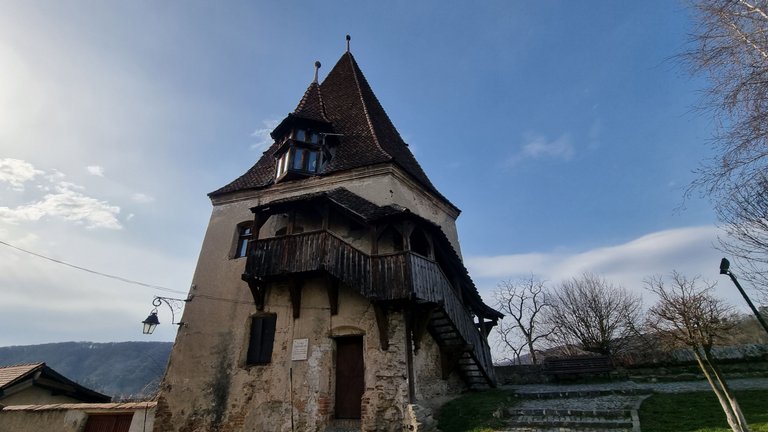
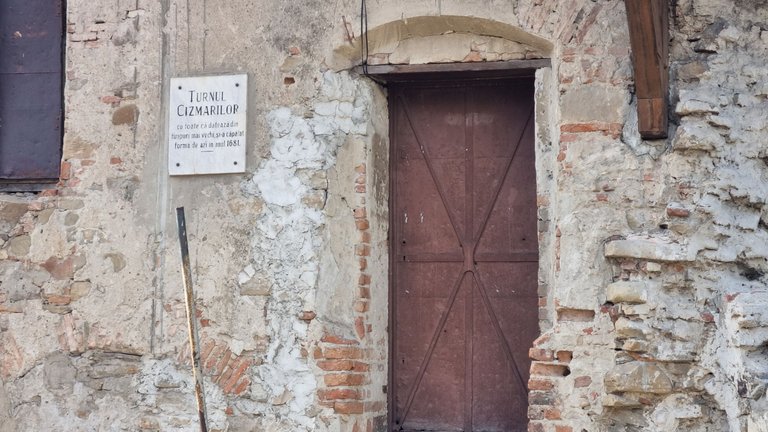
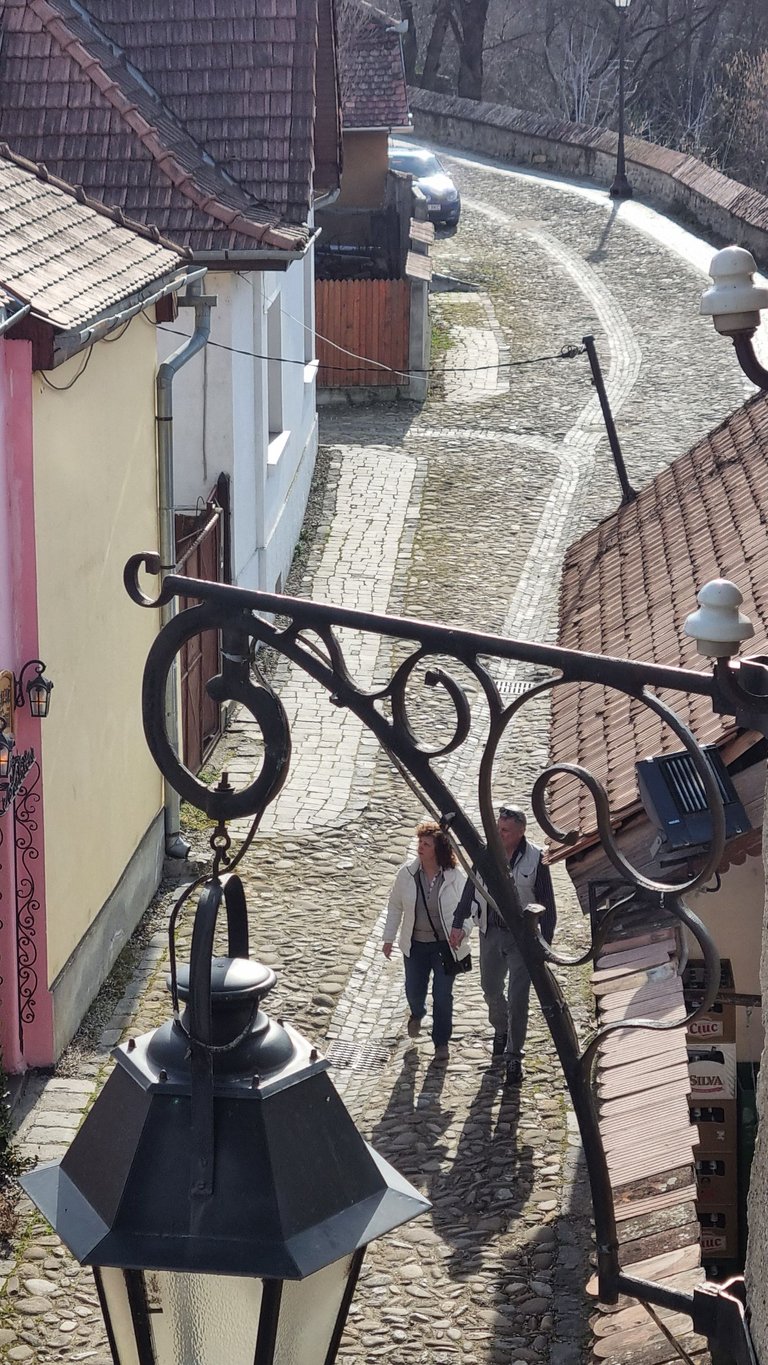 | 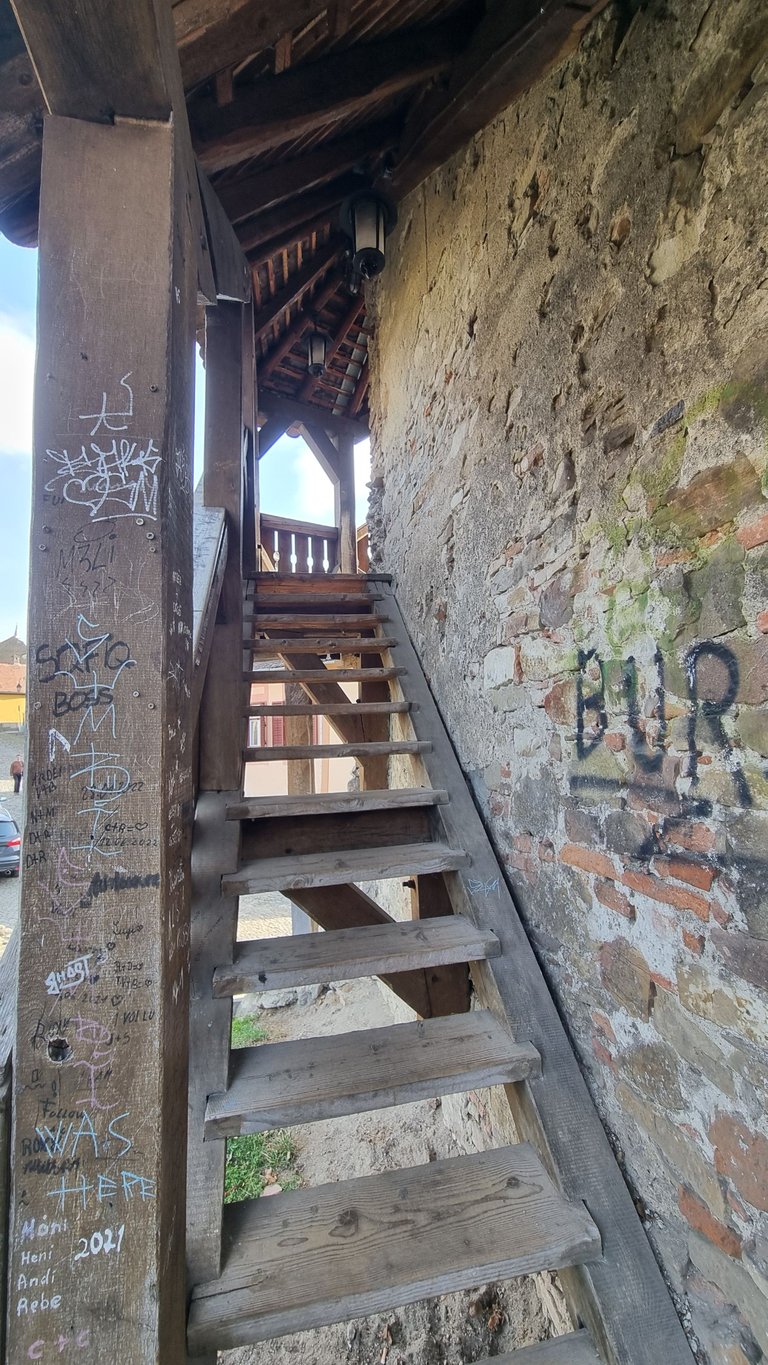 | 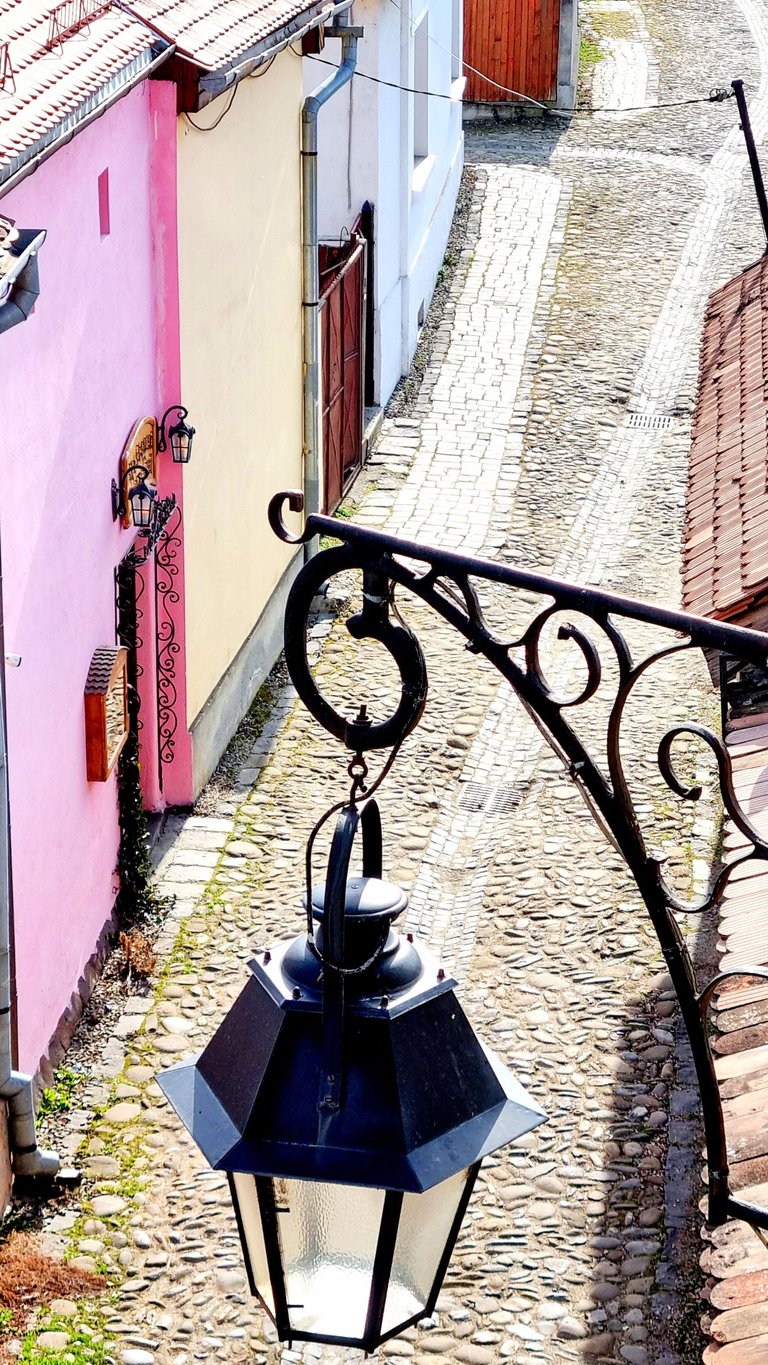 |
|---|

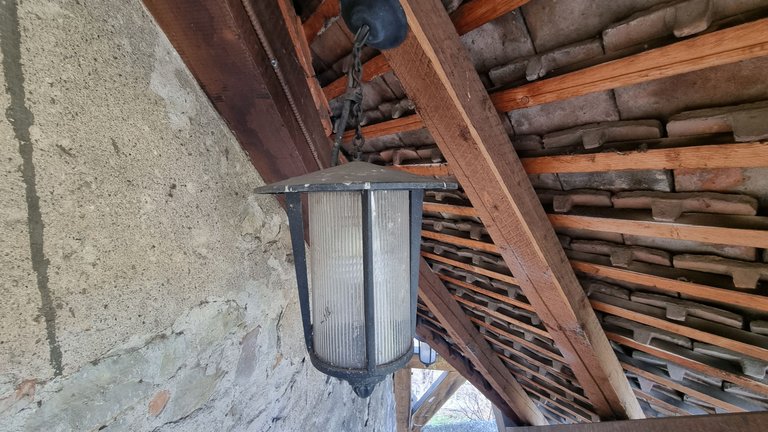 | 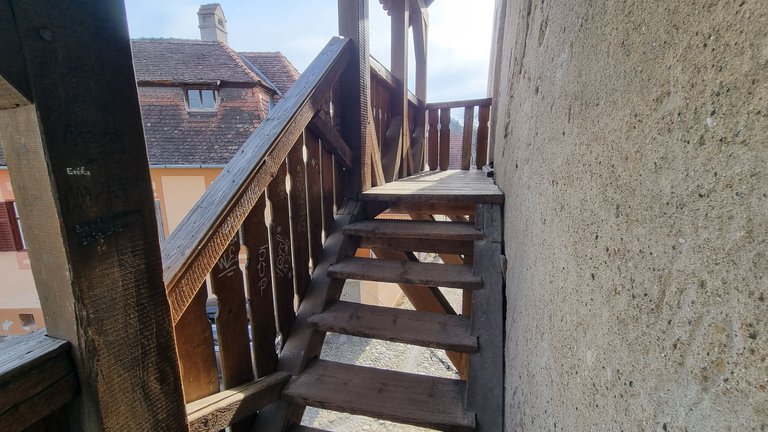 | 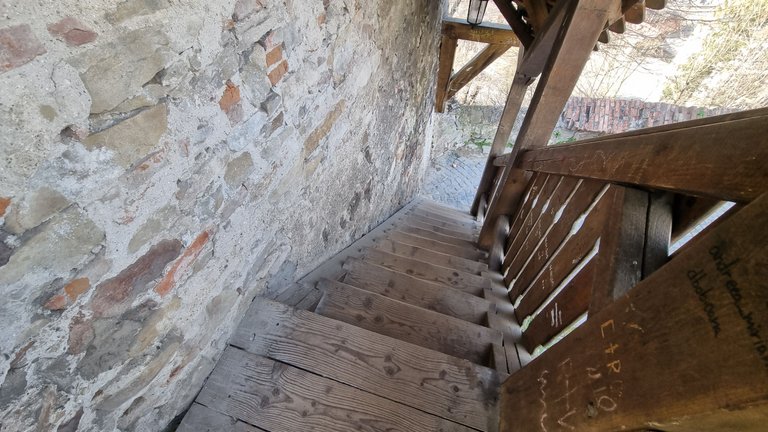 |
|---|
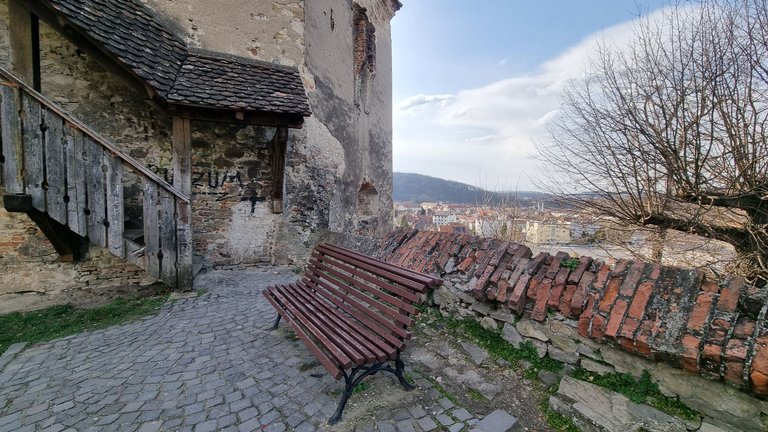
In front of the Tower there is also a park with a few benches where you can relax looking at the tower or even a panorama of the city.
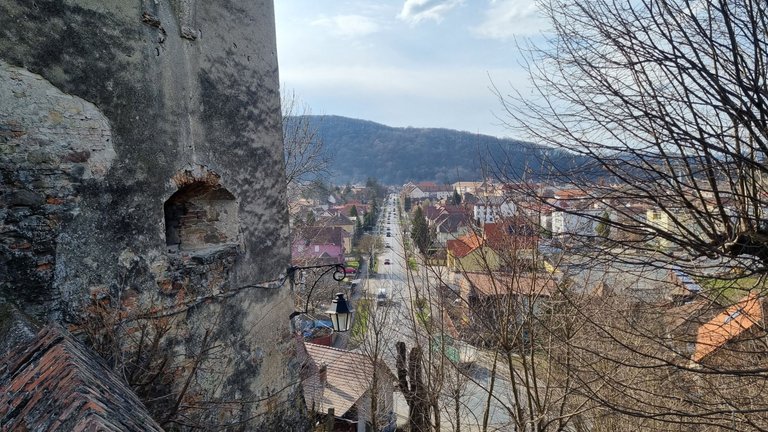
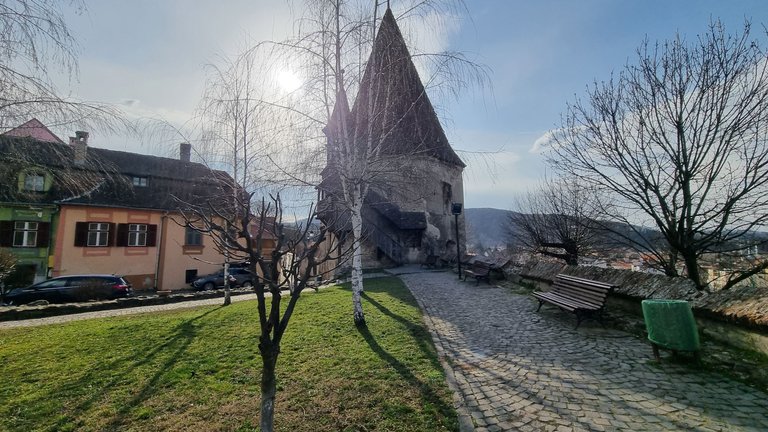
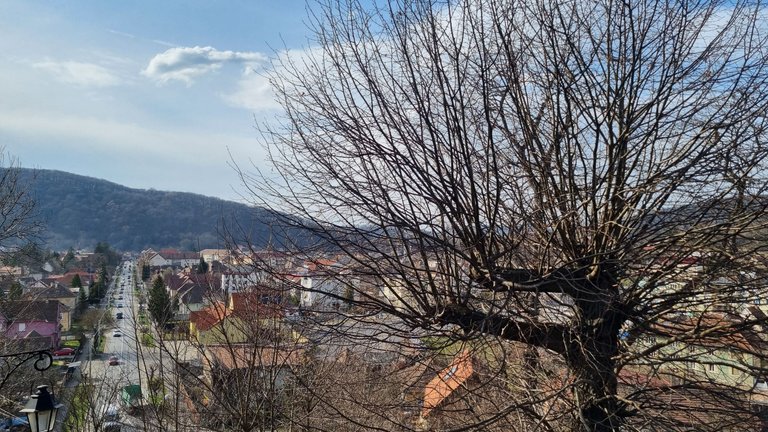
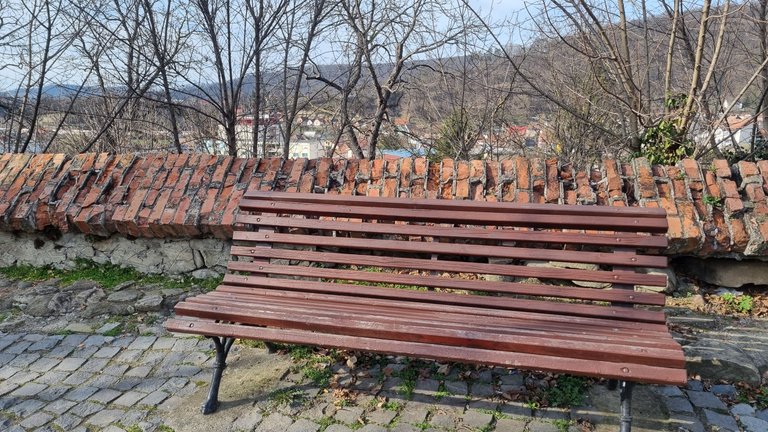
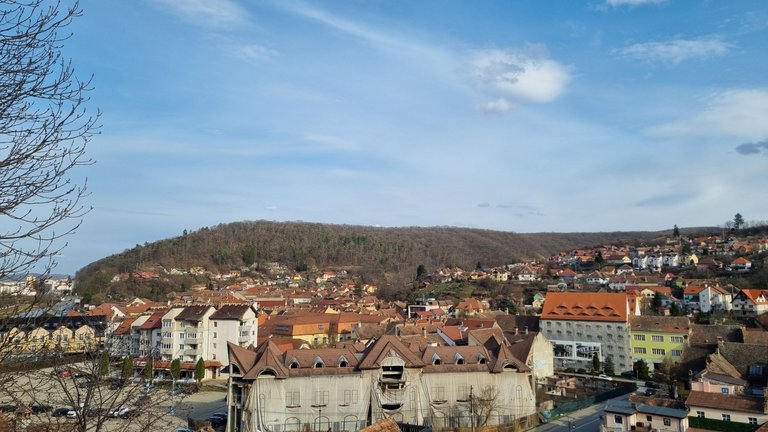
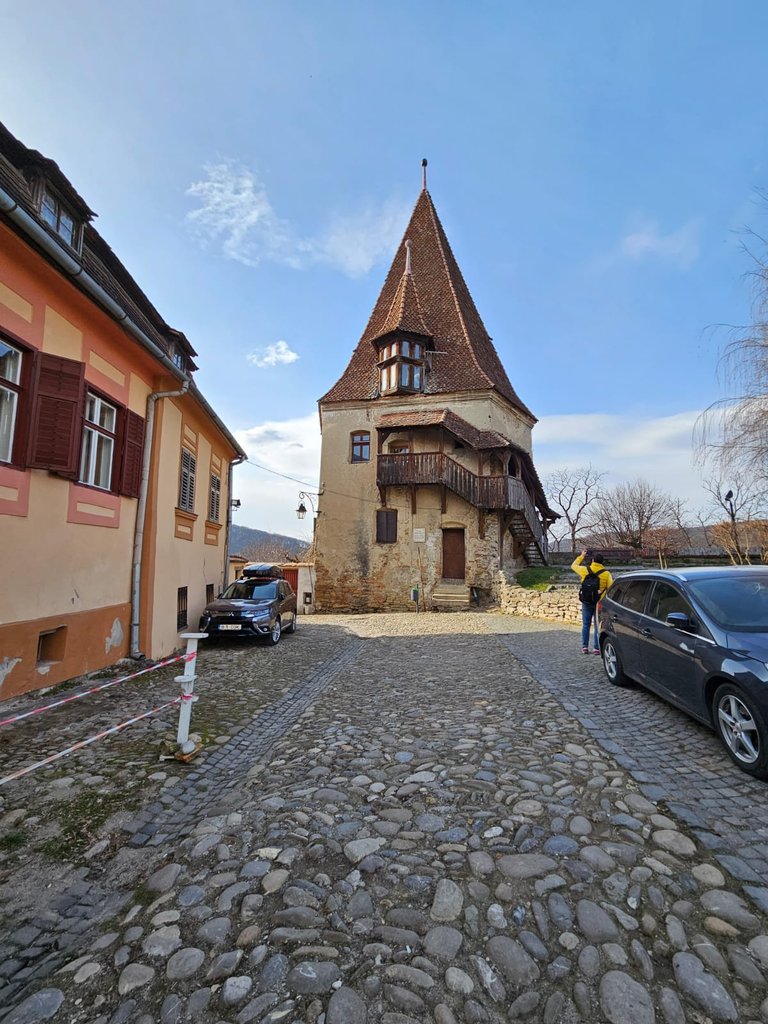
On the way back through the narrow streets we found several souvenir shops selling handmade ceramic objects.
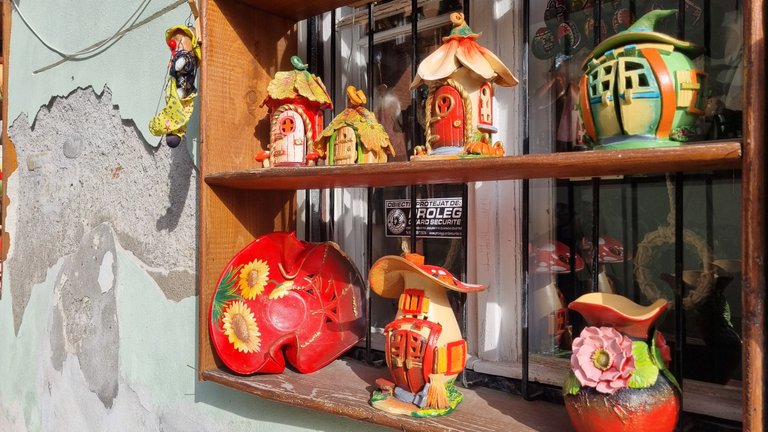
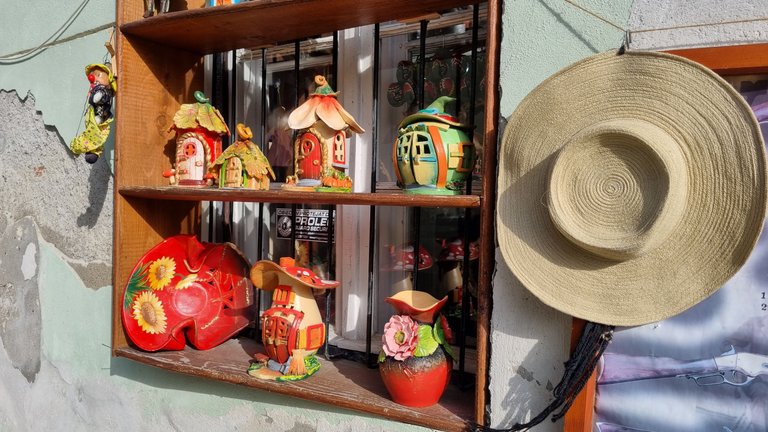
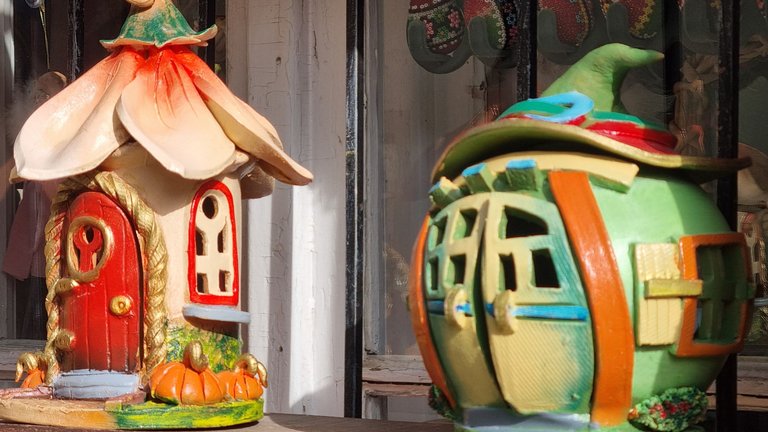
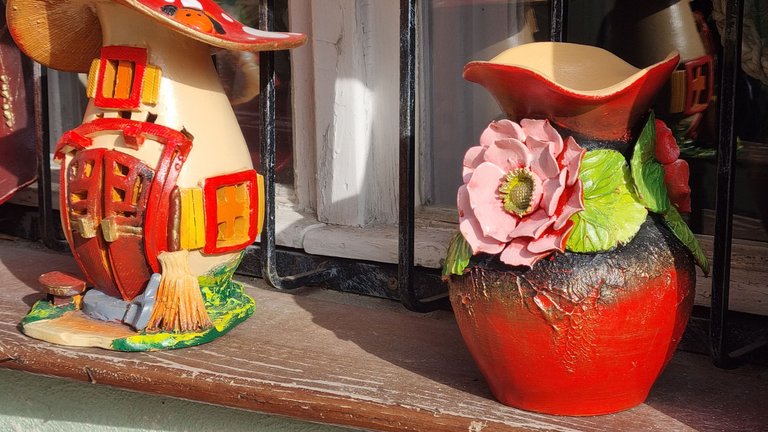

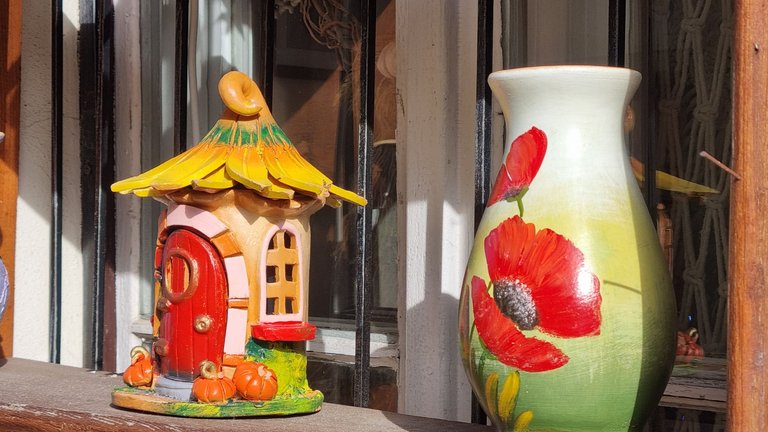

THE END
If you liked what you saw and read here please don't forget to give a LiKe, Follow, reBlog or a Comment, for all this I thank you, and until the next post I say goodbye.
P.S. The attached pictures you have just seen are taken by me with my mobile phone in Sighisoara, Romania, and the text is also designed by me.
Yours @triplug😉
Congratulations, your post has been added to Pinmapple! 🎉🥳🍍
Did you know you have your own profile map?
And every post has their own map too!
Want to have your post on the map too?
Thank you very much.
Hiya, @ybanezkim26 here, just swinging by to let you know that this post made it into our Honorable Mentions in Travel Digest #2164.
Your post has been manually curated by the @pinmapple team. If you like what we're doing, please drop by to check out all the rest of today's great posts and consider supporting other authors like yourself and us so we can keep the project going!
Become part of our travel community:
Thank you very much @ybanezkim26, it is a joy for me to be here again.